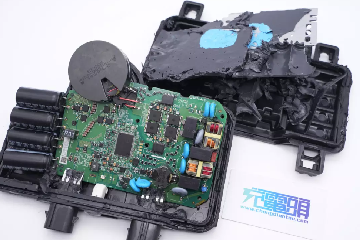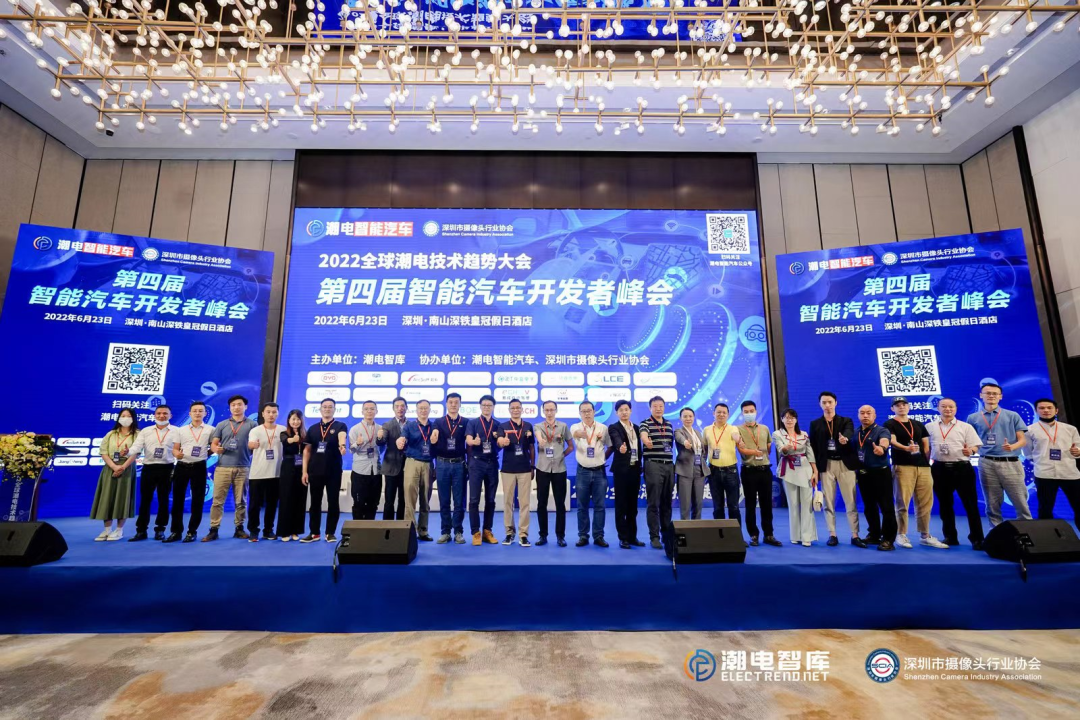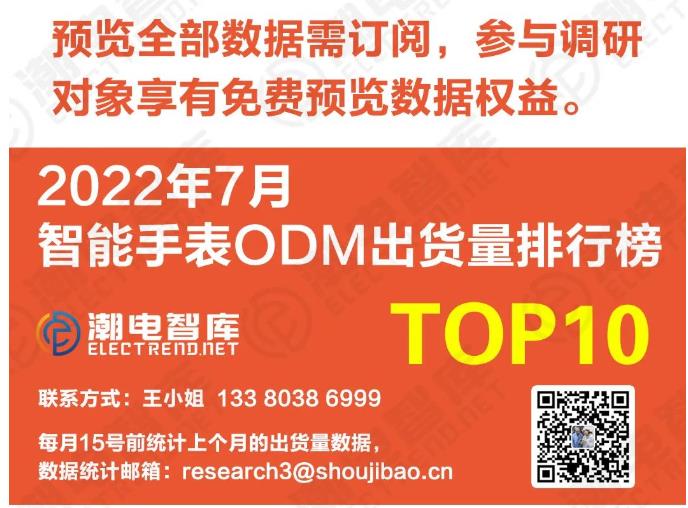At the Chengdu Auto Show at the end of August this year, the new Mocha DHT-PHEV LIDAR version of Great Wall Motor's Wei brand became the focus of the whole scene, and was also regarded as the new benchmark work of intelligent network-connected vehicles.
This new vehicle becomes the first commercial model in China to use Qualcomm's SnapdragonRide platform, a combination of industry-leading 5nm ADASSoC and gas pedal that supports this new vehicle to process data from more than 12 cameras, multiple radars and LIDAR, and deploy safety-critical ADAS systems.
With Qualcomm's strong support, the "Mocha DHT-PHEV LIDAR Edition" has gone from concept to mass production in less than two years. Xu Tong, director of product of Weimar Mocha, said that the model will be in mass production by the end of September this year and will be officially delivered within the year.
Qualcomm's automotive business focuses on four main components: intelligent cockpits, autonomous driving, automotive connectivity, and vehicle-to-cloud services. According to Qualcomm's fiscal year 2022 Q3 earnings report, its automotive business achieved record revenue of $350 million, up 38 percent year-on-year. Since its fiscal second quarter, Qualcomm's automotive business has achieved approximately $3 billion in order valuation growth, continuing to set new records.
Qualcomm has been continuously investing in the automotive industry for more than 20 years, and today the company's automotive technology supports more than 150 million vehicles worldwide, said Meng Park, chairman of Qualcomm China. "Qualcomm has become not just one of the participants in the automotive industry, but is fast becoming a key partner for many automakers, and the automotive industry's 'circle of friends' is expanding."
The first year of SnapdragonRide platform on board
In fact, in 2020, Qualcomm first released the SnapdragonRide platform. It provides different levels of computing power for a variety of intelligent driving scenarios, covering L1/L2 level vehicle active safety, to L2+ level driver assistance scenarios, to L4 level advanced intelligent driving systems.
However, the intelligent driving industry environment two years ago cannot be compared with now. With Tesla and China's new car makers as the drivers, as the best development vehicle for smart driving, new energy smart cars really explode in scale in 2021.
According to statistics from the China Association of Automobile Manufacturers, China's new energy vehicle sales will be 1.367 million units in 2020, surging to 3.521 million units in 2021. On August 9 of this year, the Passenger Association raised its annual sales target for new energy passenger cars to 6 million units.
A Tier1 executive in Huizhou believes that it is a powerful brand endorsement and the most appropriate market opportunity for Qualcomm to join hands with Great Wall Wei to realize the SnapdragonRide platform for commercial landing in China now.
It is understood that in addition to targeting a wide range of smart driving scenarios, the SnapdragonRide platform brings high-performance, low-power computing, as well as connectivity and cloud services. It includes a powerful and efficient integrated SoC and a scalable, rich software platform that supports automakers and partners for different tiers and generations of vehicles, maximizing the resources provided by the platform and eliminating duplicate development efforts.
"This is the first year of SnapdragonRide on board." The comprehensive SnapdragonRide platform creates a one-stop platform that offers industry-leading solutions, a suite of fully integrated tools and systems that support active learning and continuous data collection, said Mumbai. SnapdragonRide is currently being used by global automakers and Tier 1 suppliers to develop next-generation models.
According to TideTek, the current stage of autonomous driving system application components are very complex and need to carry multiple sensors, including cameras, LIDAR, millimeter wave radar, and even support high precision positioning, as well as functions such as vehicle-to-vehicle and vehicle-to-road communication.
"This gives Qualcomm a tremendous opportunity to flex its muscles." Qualcomm introduced the SnapdragonRide platform for ADAS and AD in 2020, and has since further expanded the SnapdragonRide platform portfolio with safety-grade SoCs, said Ai Hezhi, senior director of product marketing at Qualcomm. On top of that, Qualcomm has built AI tool chains, software packages and more that allow customers to use Qualcomm's products more flexibly.
The Huizhou Tier1 executive predicted that "the SnapdragonRide platform, which has been polished and upgraded over the years, may become basically standard for major brand car manufacturers, just like the third-generation Snapdragon cockpit platform."
Qualcomm and its own Chinese junior partner
The rapid development of autonomous driving technology has allowed the Chinese auto industry to achieve a lane change with intelligent networking and become the new king of the third automotive era.
According to Wang Huan of Tide Electric Think Tank, smart cars will form a $15 trillion big lane, and the largest production and demand markets will be in China. This is the opportunity for all industry chain companies and the biggest windfall in the next decade.
Qualcomm certainly will not miss such a good opportunity.
According to Sun Gang, Qualcomm's global vice president, its Snapdragon cockpit platform has supported the launch of more than 50 models by Chinese automotive brands since 2020.
This is closely related to Qualcomm's strategy of actively pursuing the development of Chinese partners and expanding the industry's "circle of friends". Currently, in addition to maintaining close cooperation with car manufacturers, Qualcomm has established partnerships with many companies in China's automotive industry chain, such as Magenta, Baidu, Centronics, and Mimochi, among others.
In Qualcomm's "circle of friends" in China, there are also module manufacturers, automobile manufacturers, software partners and other industry chain partners.
Zero-run technology co-founder, director and president Wu Baojun said, this year, zero-run delivery volume steadily increased, March-July delivery volume basically maintain a monthly average of more than 10,000 units, successfully standing in the first camp of the new force of car manufacturing. This is due to the ability to build the intelligent architecture of the whole vehicle, all self-research of hardware and software, and the in-depth strategic cooperation with Qualcomm.
"The advantages of intelligent cockpit and human-computer interaction have brought positive feedback from customers and extended the order quantity of Zero Run, and Zero Run C11 has accounted for more than 50% of sales in July". Wu Baojun said, based on the happy cooperation between the two sides of the C11 model, the upcoming zero-run C01 intelligent cockpit also chose the third-generation Snapdragon cockpit platform.
"It is expected that after the intelligent cockpit, intelligent driving, it will be possible to cabin driving one central computing fusion. This aspect of China will be in the early and pilot stage." In the view of Li Weishan, vice president of CST, central computing is the future trend, which will really allow the application ecology to form a unified standard. "This requires a large computing platform and the support of a company like Qualcomm."
Magica Technology founder and CEO Zhuang Li also praised Qualcomm digital chassis, that Qualcomm's automotive product line is very rich, different positioning of the product can find the most matching chip, can help car manufacturers and customers to improve product power.
An expert who has been engaged in the automotive industry for more than 20 years commented that seeking local partners in China with an open attitude is a strategic and wonderful move for Qualcomm. "First, it can strengthen the expansion of resources in the Chinese market, and the sensitive tentacles of partners are a good complement to Qualcomm; second, it improves the adhesion of brand cooperation customers; third, the model of borrowing can effectively control market costs and can focus more on its own advantageous segment."
Experts believe that Qualcomm has been taking the automotive track as an important strategic component since 2002 when it provided CDMA in-vehicle Internet connectivity solutions for General Motors Anglia, and has now emerged as a leader in the field of intelligent Internet-connected vehicles with bright market performance.
"In the AIoT era, the ecological war has been fully fought in the fields of smart phones, smart cars, smart wear and whole house intelligence." Sun Yanbiao, a tidal power think tank, said that Qualcomm and other supply partners and brands are both the layout of the ecology and the actual builder of the ecology.






































